Trends
Fallout of Trump’s Tariffs. Canadian Official Threatens Energy Supply Cutoff – Where Will Americans Source Their Needs?
Canadian official, Ontario Premier Doug Ford has issued a dramatic warning – Canada could retaliate by cutting off energy supplies to the U.S.
Published
10 months agoon

The diplomatic tensions between the United States and Canada are teetering on the brink of escalation following threats of punitive tariffs by President-elect Donald Trump. In response Canadian official, Ontario Premier Doug Ford has issued a dramatic warning – Canada could retaliate by cutting off energy supplies to the U.S., potentially targeting states like Michigan, New York, and Wisconsin.
This marks a sharp escalation in the trade war rhetoric between two of the world’s closest economic allies.
Energy Flow in the Crosshairs
Ford’s comments illustrates a sense of urgency in Canada, where Trump’s proposed 25% tariffs on Canadian imports are seen as an existential threat to the economy. “We will go to the extent of cutting off their energy,” Ford declared, emphasizing the need to leverage “every tool in our toolbox.”
While Ontario isn’t a major producer of crude oil, it is a key exporter of electricity to the United States, particularly hydropower from provinces like Ontario, Quebec, and British Columbia.
According to the U.S. Energy Information Administration (EIA), the U.S. imported 38.9 million megawatt hours of electricity last year, with 33.2 million megawatt hours originating from Canada. Although this accounts for less than 1% of U.S. electricity consumption, the flow of energy between the two nations plays a crucial role in grid stability, especially during peak demand periods.
Economic Implications
Ford’s remarks reflect Canada’s frustration at being on the receiving end of Trump’s aggressive trade policies. While retaliatory measures like cutting energy supplies would undoubtedly hurt Canadian provinces economically, Ford made it clear that the U.S. would also feel the pain.
However, experts argue that the impact on the U.S. would likely be limited and temporary.
RJ Johnston, research director at Columbia University’s Center on Global Energy Policy, highlighted America’s ability to shift power to regions in need and expand generation capacity quickly. “I don’t see much vulnerability for the U.S.,” Johnston stated, adding that the broader energy trade between the two countries is integral to grid balancing but not irreplaceable.
Beyond Electricity Are Strategic Vulnerabilities
While electricity is a visible target, analysts suggest that Canada’s leverage lies in commodities harder for the U.S. to replace, such as aluminum and nickel. These resources are critical for manufacturing and infrastructure, and any disruption could ripple through the U.S. economy more significantly than an energy cutoff.
The threat of a full-blown trade war between the U.S. and Canada raises alarms on both sides of the border. With the United States being Canada’s largest trading partner, any prolonged conflict could plunge Canada into a severe recession, while also damaging American businesses reliant on Canadian imports.
Patrick De Haan, head of petroleum analysis at GasBuddy, noted that Canada’s federal government in Ottawa would ultimately need to approve any provincial retaliation. This aptly shows the complexities of escalating trade disputes, where both sides risk collateral damage to their economies and consumers.
The Importance of Oil in U.S.-Canada Trade
Oil stands at the heart of the U.S.-Canada economic relationship, symbolizing both interdependence and vulnerability. As tensions simmer over President-elect Donald Trump’s proposed tariffs, energy trade—particularly oil—emerges as a critical flashpoint.
Last year, the United States imported 1.4 million barrels of Canadian crude oil daily, representing more than half of its total oil imports of 2.4 million barrels per day. This reliance is especially pronounced in the Midwest and Great Lakes regions, where Canadian crude powers refineries that produce gasoline, diesel, and jet fuel.
Patrick De Haan, head of petroleum analysis at GasBuddy, cautioned that a disruption in Canadian oil supply could temporarily increase fuel prices and create logistical challenges for gas stations. “I’d be more worried about supply than price,” De Haan noted, outlining the critical role Canadian crude plays in sustaining U.S. energy demands.
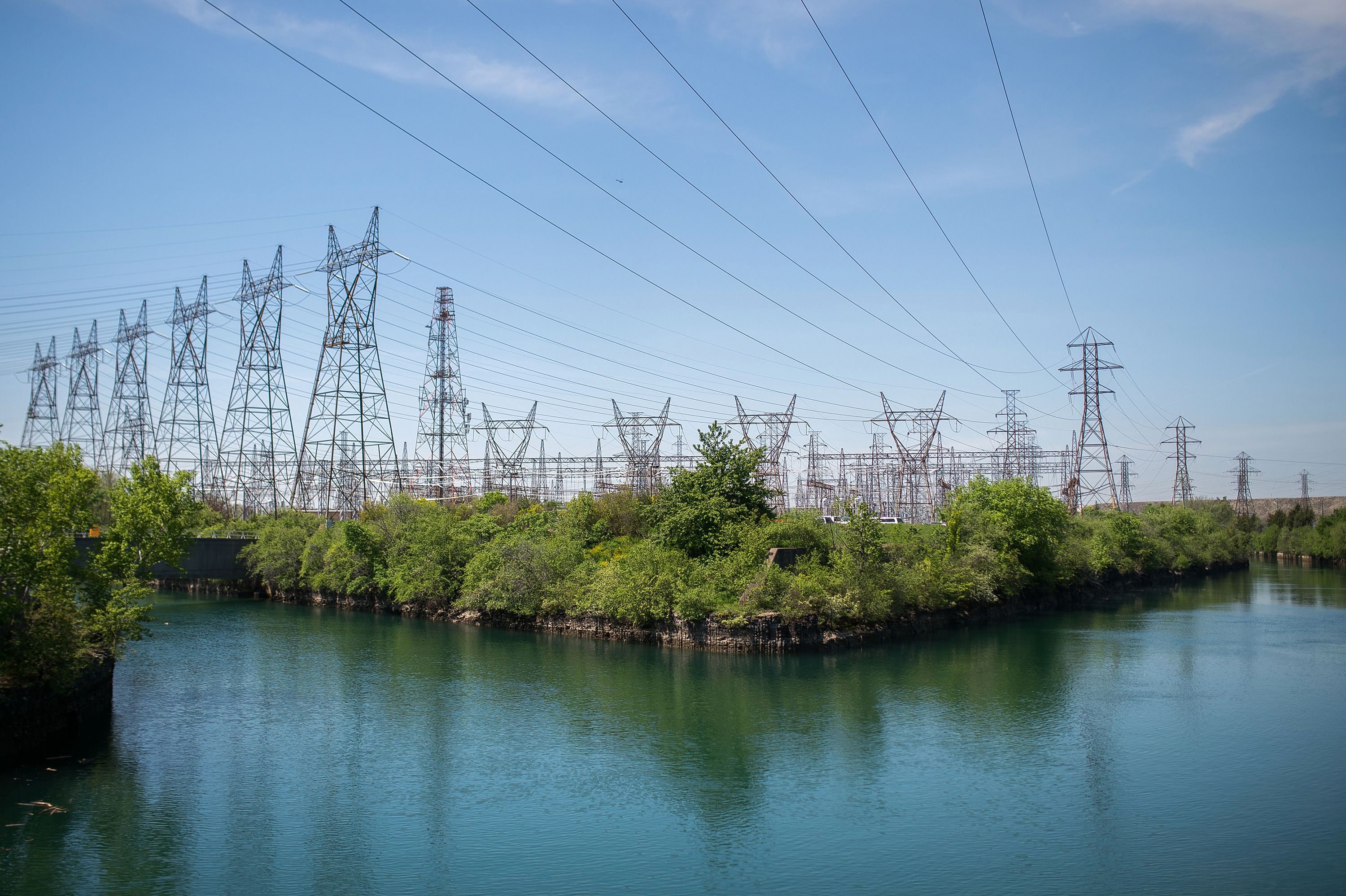
For Canada
While the threat of cutting off oil exports to the United States looms as a potential retaliation to Trump’s tariffs, analysts are skeptical that Canada would take such a drastic step. Canada’s economy is heavily reliant on oil production, and the United States is its largest customer.
“Blocking the flow of oil to its biggest customer would be shooting its own economy in the foot,” said Robert Yawger, vice president of energy futures at Mizuho Securities. Such a move could devastate Canada’s oil sector, which already faces challenges from fluctuating global oil prices and competition from U.S. shale production.
A Contingency Plan. The Trans Mountain Pipeline
Canada’s strategic opening of the Trans Mountain Pipeline, connecting Alberta’s oil sands to the Pacific Ocean, signals an effort to diversify its oil exports. By enabling access to markets in Japan, South Korea, China, and other Asian nations, the pipeline provides Canada with a “Plan B” to reduce reliance on U.S. buyers.
“That’s why they built that pipeline: To have a plan B,” Yawger emphasized. However, this strategy is a long-term solution, and it remains uncertain how quickly Canada could pivot to Asian markets in the event of a trade dispute with the United States.
U.S. Resilience Amid Disruption
The United States, meanwhile, is better positioned to weather a potential loss of Canadian oil. Thanks to the shale revolution, U.S. oil production has surged over the past two decades, transforming the nation into a leading exporter of crude. Analysts suggest that oil currently shipped overseas could be redirected to meet domestic demand if Canadian imports were disrupted.
“Domestic production gives the U.S. a buffer against supply shocks,” noted Yawger, though logistical challenges and temporary price spikes could still occur.
While Ontario Premier Doug Ford has floated the idea of cutting off energy exports, major oil-producing provinces like Alberta are adopting a more measured tone. Alberta Premier Danielle Smith firmly rejected the notion of halting oil and gas exports, emphasizing the need for diplomacy over confrontation.
“Under no circumstances will Alberta agree to cut off oil and gas exports,” Smith declared, reflecting a pragmatic approach that prioritizes economic stability over retaliatory measures.
Where Will Americans Get Their Stuff From? The Fallout of Trump’s Tariffs
President-elect Donald Trump’s proposed tariffs on Canada, Mexico, and China threaten to reshape global trade dynamics. These three nations collectively accounted for over 40% of all U.S. imports last year, according to federal trade data.
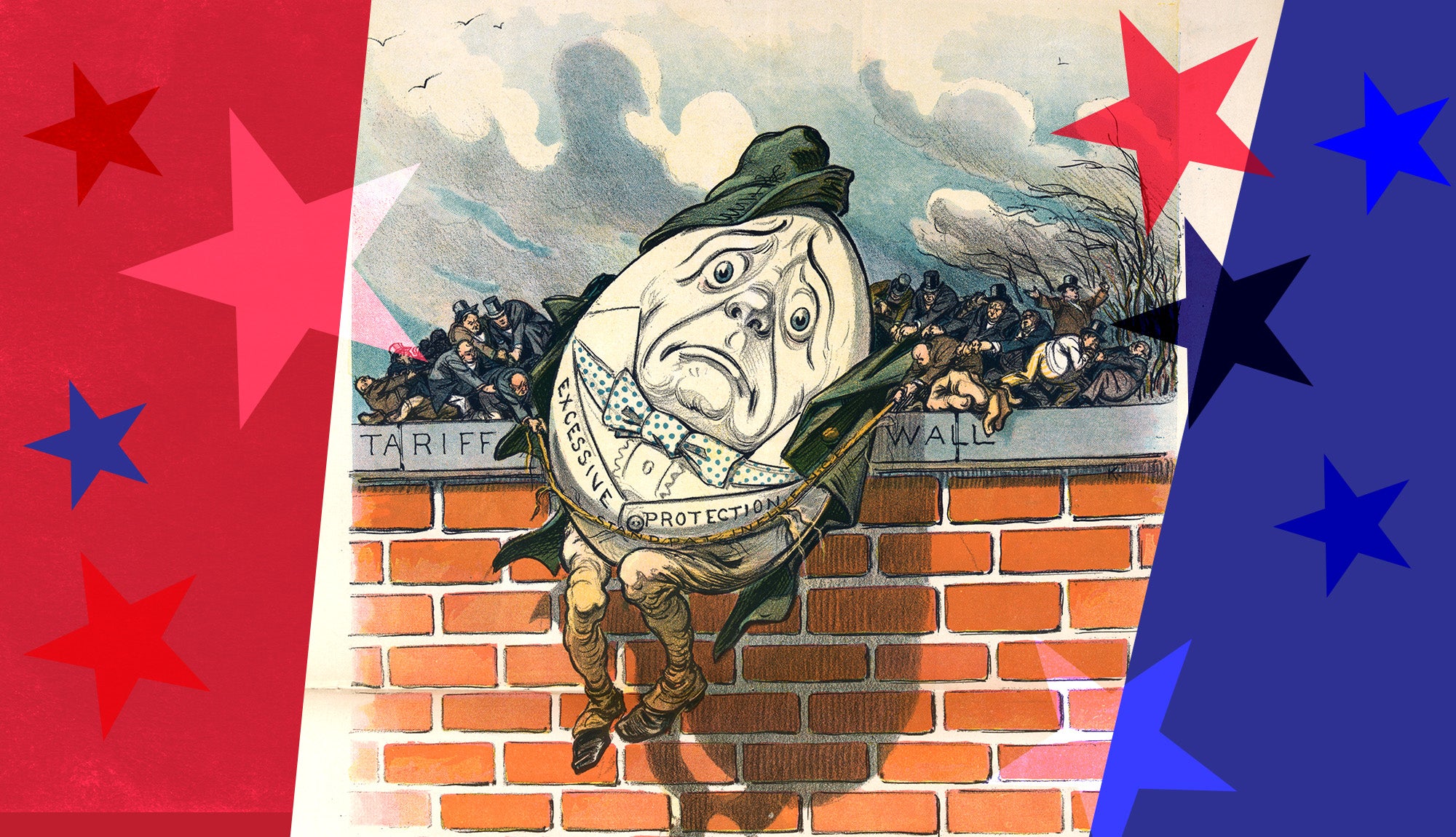
As Trump aims to strengthen domestic manufacturing, the question is – Where will Americans get their stuff from if these tariffs are implemented?
A Gamble on Domestic Manufacturing
In Trump’s vision, higher tariffs would incentivize businesses to shift production back to the United States, avoiding steep import taxes. Tax breaks dangled as further incentives are intended to sweeten the deal for companies considering a return to domestic production.
However, history paints a different picture. During Trump’s first term, increased tariffs on Chinese goods led to minimal repatriation of manufacturing to the U.S. Daniel Anthony, managing director at Trade Partnership Worldwide, noted that “very little production came back to the United States.”
Why Manufacturing Won’t Return to the U.S.
The barriers to a domestic manufacturing revival are significant. The U.S. lacks the infrastructure to produce many goods that are currently imported. Even if that infrastructure existed, producing goods in the U.S. comes with much higher costs—costs that would ultimately be passed on to consumers in the form of higher prices.
Rather than reshoring production, businesses are more likely to shift manufacturing to other countries to sidestep the tariffs. But which countries are ready to fill the void left by Canada, Mexico, and China?
Vietnam. The Top Contender
Trade experts agree that Vietnam is the frontrunner for companies looking to relocate their manufacturing. The country offers relatively low production costs and has already benefitted from the U.S.-China trade war. Between 2017 and 2023, Vietnam’s exports to the U.S. more than doubled, surging from $47 billion to $114 billion.
However, Vietnam’s rise comes with its own challenges. A sudden influx of businesses could strain the country’s manufacturing bandwidth, leading to logistical bottlenecks and rising production costs as suppliers respond to higher demand.
Other Potential Manufacturing Hubs
If Vietnam becomes saturated, businesses may explore other countries with competitive labor costs and favorable trade relations with the U.S. These include:
India: With its vast workforce and growing industrial base, India is positioning itself as a manufacturing alternative.
Indonesia: Already a significant player in electronics and textiles, Indonesia offers competitive wages and expanding infrastructure.
Bangladesh: A leader in garment production, Bangladesh could absorb more textile and apparel manufacturing.
Malaysia and Thailand: Both nations boast established manufacturing ecosystems and strong trade ties with the U.S.
The Ripple Effects on U.S. Consumers
If Trump’s tariffs trigger a broad relocation of manufacturing, American consumers could face higher prices in the short term. The process of shifting production takes time, and initial disruptions in supply chains could create shortages.
Moreover, relocating production to countries like Vietnam or India does not eliminate reliance on imports—it merely shifts the sources. This geographic reshuffling could also lead to higher costs in emerging manufacturing hubs as demand outpaces supply.
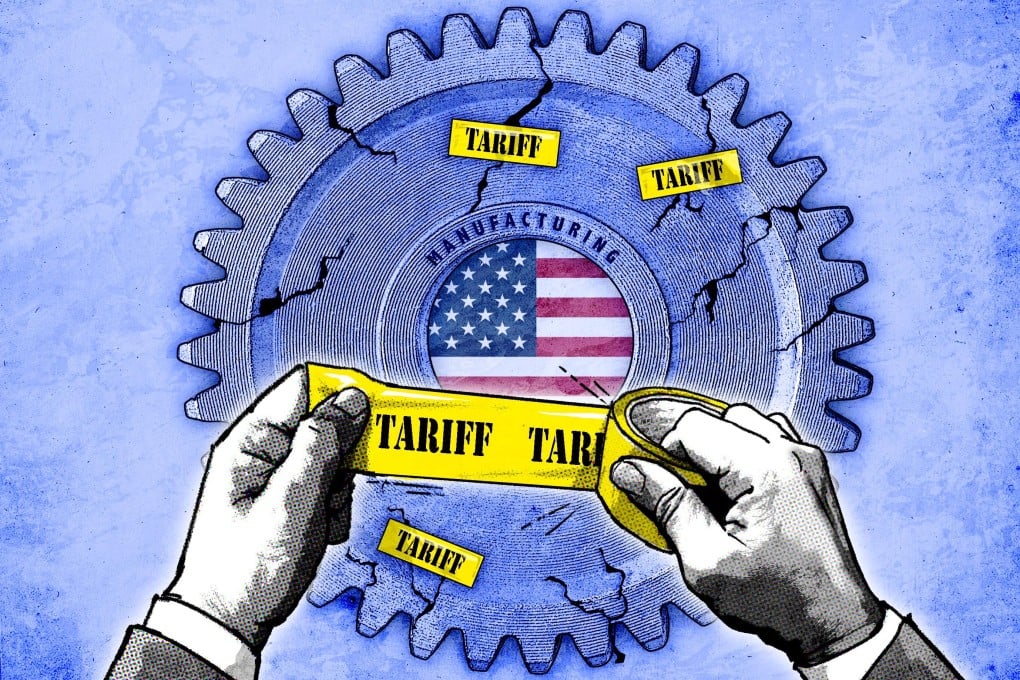
A Global Trade Reset
If a three-way trade war with Canada, Mexico, and China unfolds under Trump’s proposed tariffs, the ripple effects will be felt across industries, reshaping supply chains for cars, apparel, and electronics.
Thus, how will American consumers adapt ?
Cars. Opportunity for European and Asian Heavyweights
Mexico, the top source of U.S. motor vehicle imports, may face challenges under new tariffs. European automakers like Germany could ramp up exports to the U.S., leveraging their established production capabilities.
Meanwhile, Japan and South Korea, already dominant players in the auto industry, are well-positioned to meet U.S. demand. Their competitive edge is further enhanced by the depreciation of the yen and won, making vehicles from these nations more affordable for American consumers.
However, experts like Brad Setser from the Council on Foreign Relations note that auto producers with significant investments in Mexico are unlikely to abandon their operations entirely. Mexico’s proximity, skilled labor force, and trade agreements make it a tough competitor to replace.
Apparel and Footwear. A Shift to Southeast Asia and Italy?
The apparel and footwear industry may witness a significant pivot to countries like Vietnam, Indonesia, Bangladesh, and Cambodia. These nations have already increased their share of U.S. imports in recent years, according to federal trade data.
For luxury apparel and footwear, Italy may see a surge in demand, benefiting from its reputation for high-quality craftsmanship.
Electronics. Taiwan and Southeast Asia Take the Lead
Electronics manufacturing, heavily reliant on China, could shift toward Taiwan, Malaysia, Thailand, Vietnam, South Korea, and Japan. Taiwan, already the third-largest exporter of electronics to the U.S., is expected to ramp up production further.
South Korea and Japan hold additional advantages with weakened currencies, making their goods cheaper for American consumers. Companies like Apple have already begun diversifying their supply chains, moving some production to India. However, India’s electronic manufacturing is primarily geared toward domestic consumption, limiting its ability to meet global demand.
Why Many Companies May Stay Put
Despite the potential shifts, not all businesses will move operations. Companies often prioritize the lowest all-in costs for quality products over tariff avoidance. Existing contracts and the significant costs of relocating supply chains could deter some businesses from leaving established hubs like China or Mexico.
For example, even after the U.S. imposed higher tariffs on Chinese imports in 2018, many businesses continued sourcing from China. While the share of computer equipment imported from China dropped from 60% in 2017 to 39% last year, China remains a key player in global manufacturing due to its massive production capacity and cost advantages.

A New Era for U.S. Trade
While Trump’s proposed tariffs aim to bolster domestic production, the realities of global supply chains suggest a more nuanced outcome. Industries like cars, apparel, and electronics are likely to diversify their sourcing, with Southeast Asia and Europe stepping up to fill the void.
For American consumers, this could mean higher prices in the short term as businesses adjust to new supply chains. In the long run, the trade sector may become more balanced, with a wider array of countries contributing to U.S. imports.
However, the complexities of global manufacturing ensure that no single nation will replace the roles of Canada, Mexico, and China overnight.
A Fragile Relationship Under Pressure
For decades, the U.S. and Canada have enjoyed a symbiotic energy relationship, meeting each other’s needs during times of scarcity. However, Trump’s tariff threats and Canada’s potential retaliatory measures could unravel years of cooperation, leaving both nations to struggle with new challenges.
In this mega standoff, both nations have much to lose, but as the rhetoric intensifies, cooler heads must prevail to avoid a crisis that would hurt both economies. It remains to be seen whether pragmatism will win out over political posturing in this standoff.
You may like
-


Taiwan’s ‘Historic’ TSMC Deal, A Win Or The End Of Its ‘Silicon Shield’ As China Threatens? A Jittery Taiwan Watches Trump’s Moves On Ukraine, Wondering, Could We Be Next?
-
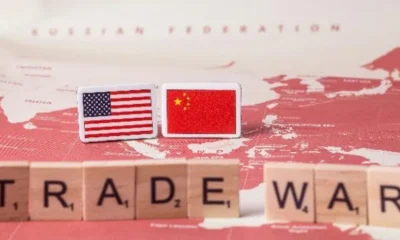

A Trade War That Just Won’t Quit. As Trump’s Tariffs Hit, China Stays The Course, For Xi’s Its Business As Usual Strategy
-


Indian Stock Market In Turmoil. Investors In Panic Mode, Is This A Temporary Correction Or The Start Of A Bear Market?
-


America And China’s Thirst For Gold In 2025 Is Draining Other Countries’ Reserves; Here’s Why?
-


Shakeup In The Auto Sector. Mercedes-Benz 15% Job Cuts, Nissan CEO Exit, And Germany’s Make-Or-Break Year
-
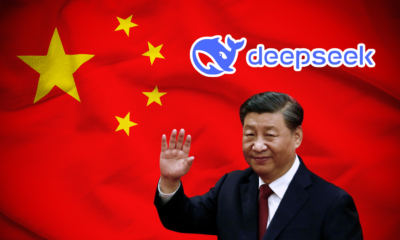

DeepSeek Ai Rush. China’s AI Contender Gears Up for Next Big Launch Even As It Gets Xi Jinping’s Blessings
